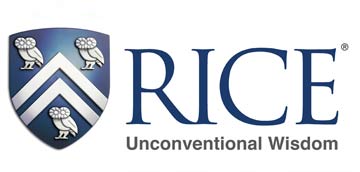What's New in Dyninst?
Tim Haines, James Kupsch, Josef (Bolo) Burger
Abstract
Binary analysis and instrumentation is a key technology to support
performance profiling, debugging, testing, software security, and
auditing. Dyninst is an open source suite of libraries providing binary
analysis, instrumentation and control capabilities across several hardware
architectures with an architecture-independent abstraction. It supports
both dynamic (runtime) and static (binary rewriting) instrumentation of a
binary program. Dyninst is opportunistic in that it uses symbol and debug
information when it is available, but can operate without it, even on
stripped binaries. Dyninst's analysis capabilities produce a control- and
data-flow analysis of the program, identifying functions, loops, and basic
blocks in the code. Dyninst allows fine-grained program instrumentation
and modification based on a high-level (control flow graph) abstraction of
a program.
Dyninst is structured as a suite of toolkit libraries, providing
architecture independent interfaces to features such as instruction
decoding, control flow analysis, data flow analysis, code generation, code
patching (splicing) and symbol table processing. On the dynamic side, it
also includes process control and stack walking support.
Dyninst has been used as the foundation for products from companies like
Cray and Red Hat, as the basis for tools from national labs and research
groups, and as a key component in hundreds of academic research projects.
It continues to have the dual role of providing a foundation for new
instrumentation and analysis research combined with support for key
applications of binary analysis and instrumentation.
Since the last workshop in 2022, Dyninst has seen myriad improvements to
functionality and code quality. Examples include support for AMD MI100 and
MI200 GPUs; updates to support the latest compilers, language standards,
libraries, and build tools; improvements to testing; and a wealth of
correctness, performance, and usability enhancements discovered via user
feedback, bug reports, our expanded test suites, and improved release
testing. In this talk, we will provide a brief tutorial on how you can use
Dyninst to take advantage of its capabilities and describe its new
features and upcoming plans.
In this talk, we will review the features and structure of Dyninst,
summarize the new developments, and present some practical examples of how
you can use it.


